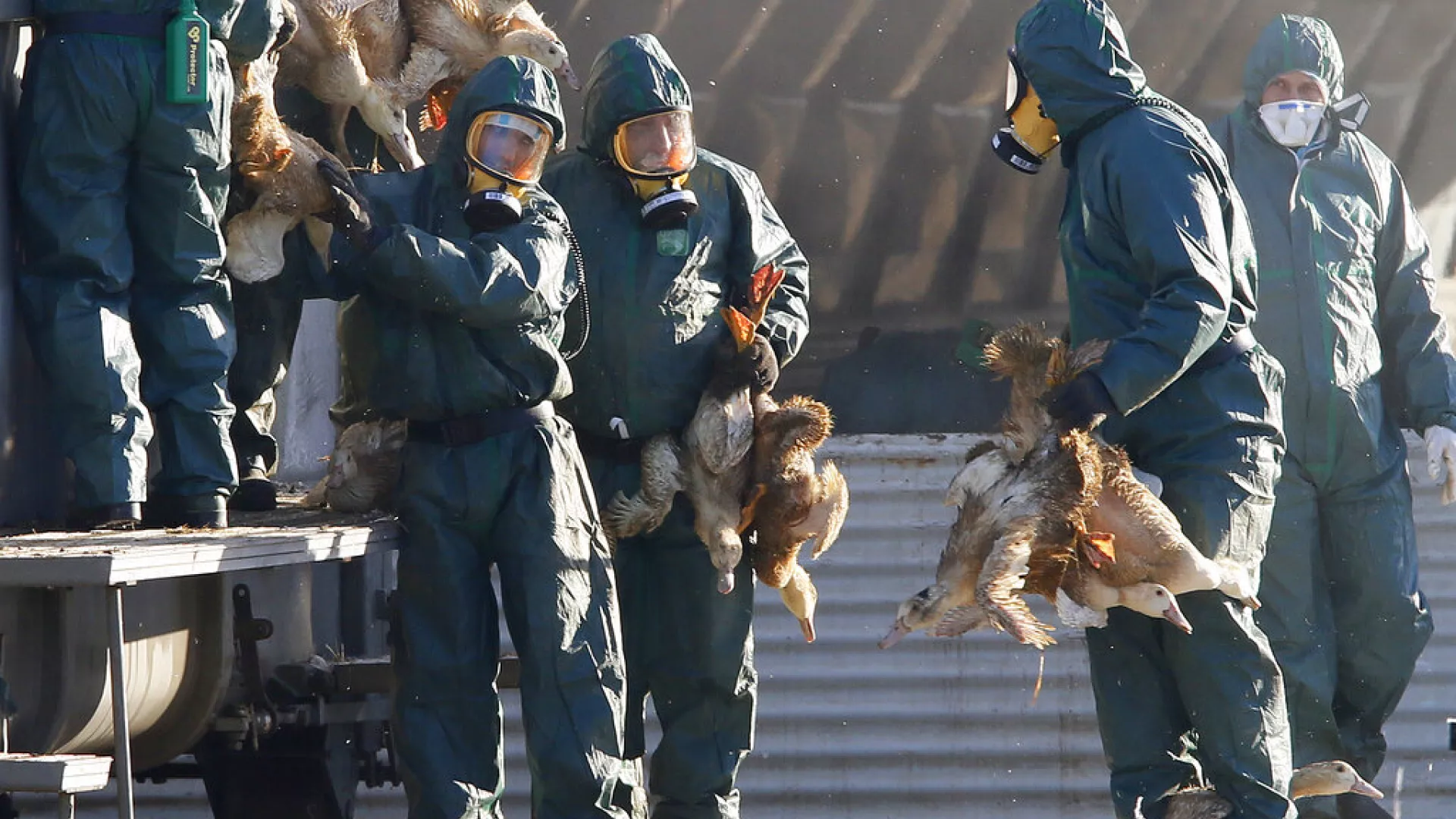
In a report published this month by the European Food Safety Authority, the EFSA tabulated reports of HPAI H5N1 and H5N5 from March – June 2024. They identify 42 highly pathogenic avian influenza (HPAI) A(H5) virus detections were reported in domestic (15) and wild (27) birds across 13 countries in Europe.
Outside Europe, the HPAI situation intensified particularly in the USA, where a new A(H5N1) virus genotype (B3.13) has been identified in > 130 dairy herds in 12 states. Infection in cattle appears to be centred on the udder, with milk from infected animals showing high viral loads and representing a new vehicle of transmission. Apart from cattle, HPAI viruses were identified in two other mammal species (alpaca and walrus) for the first time. Between 13 March and 20 June 2024, 14 new human cases with avian influenza virus infection were reported from Vietnam (one A(H5N1), one A(H9N2)), Australia (with travel history to India, one A(H5N1)), USA (three A(H5N1)), China (two A(H5N6), three A(H9N2), one A(H10N3)), India (one A(H9N2)), and Mexico (one fatal A(H5N2) case). The latter case was the first laboratory-confirmed human infection with avian influenza virus subtype A(H5N2). Most of the human cases had reported exposure to poultry, live poultry markets, or dairy cattle prior to avian influenza virus detection or onset of illness.
Human infections with avian influenza viruses remain rare and no human-to-human transmission has yet been observed. The risk of infection with currently circulating avian A(H5) influenza viruses of clade 2.3.4.4b in Europe remains low for the general public in the EU/EEA. The risk of infection remains low-to-moderate for those occupationally or otherwise exposed to infected animals or contaminated environments.
However, the agencies warn that sporadic transmission to humans is likely to continue among those exposed to infected animals if protective equipment isn’t used appropriately. Based on these data, the ECDC has issued recommendations to increase vigilance and surveillance for possible cases. The agency recommends lowering the threshold for testing for avian influenza in humans, including using a risk-based approach for exposed asymptomatic individuals and testing for influenza in any patient admitted to hospital with symptoms compatible with infection.
The availability of affordable test platforms, at scale, for these purposes will make a difference in the monitoring for and response to a zoonotic HPAI pandemic. As Pamela Rendi-Wagner, director of the European Centre for Disease Prevention and Control (ECDC) said, it remains important to stay alert and proactive as “this threat to human health should not be underestimated”.
